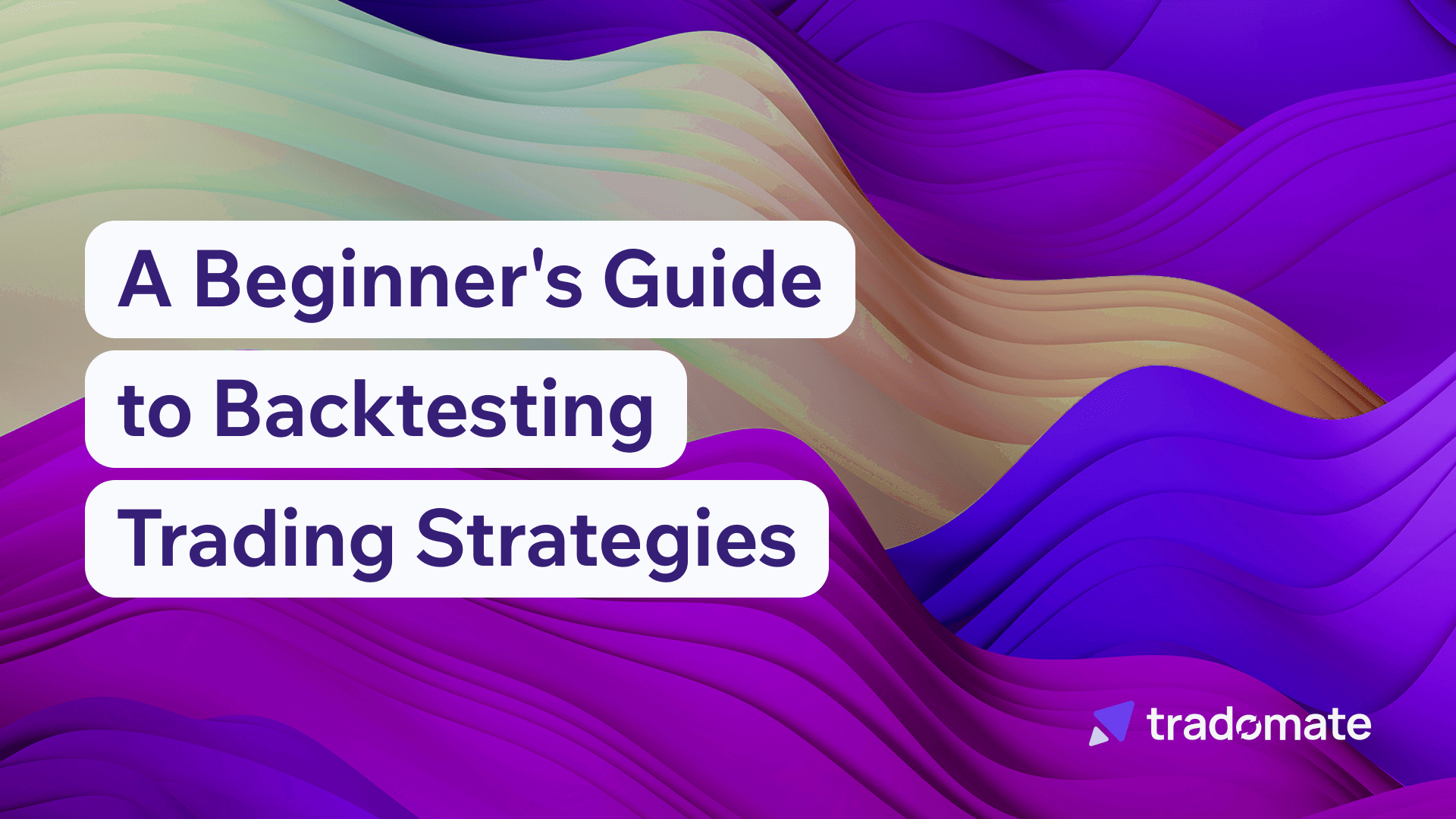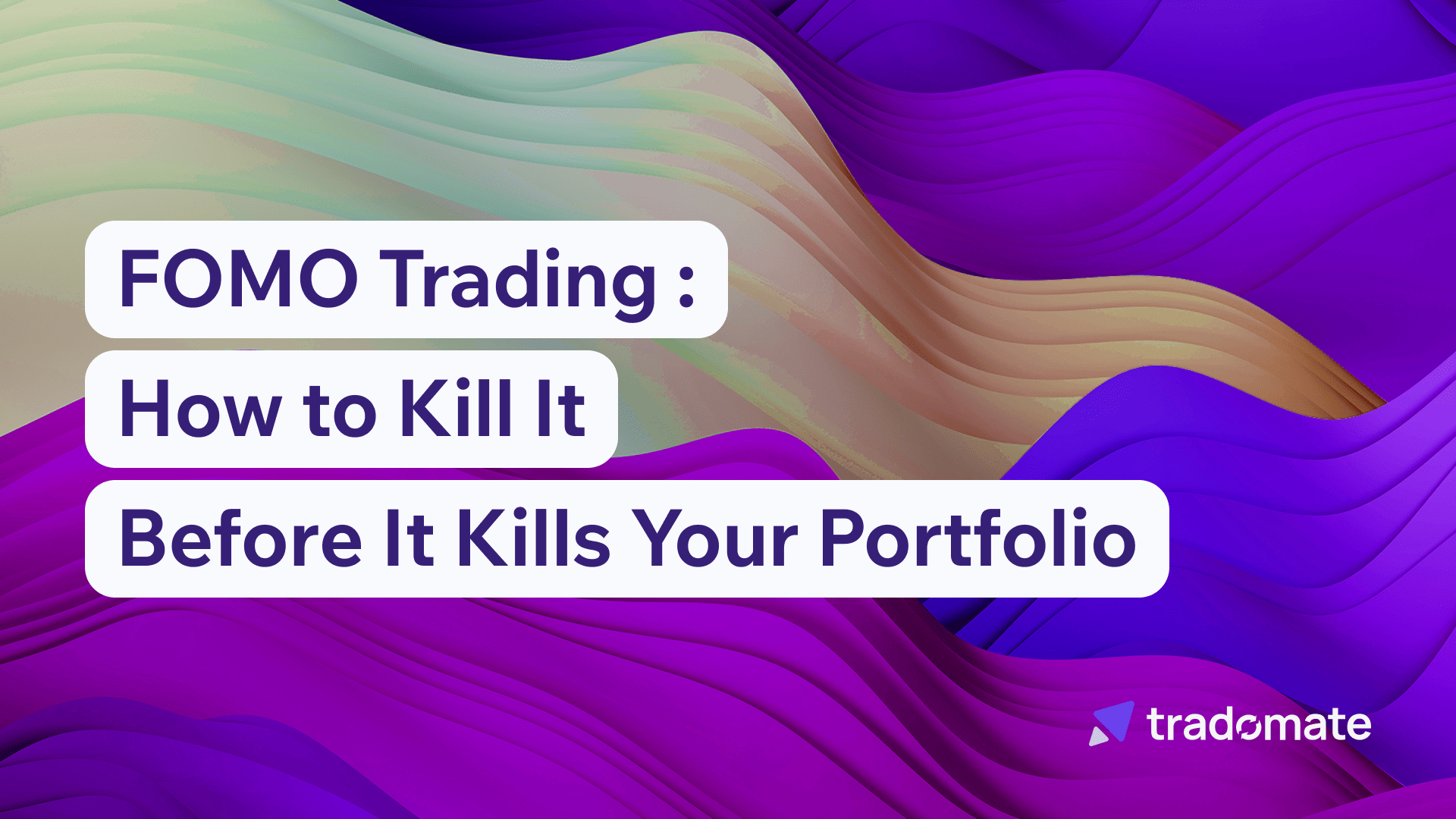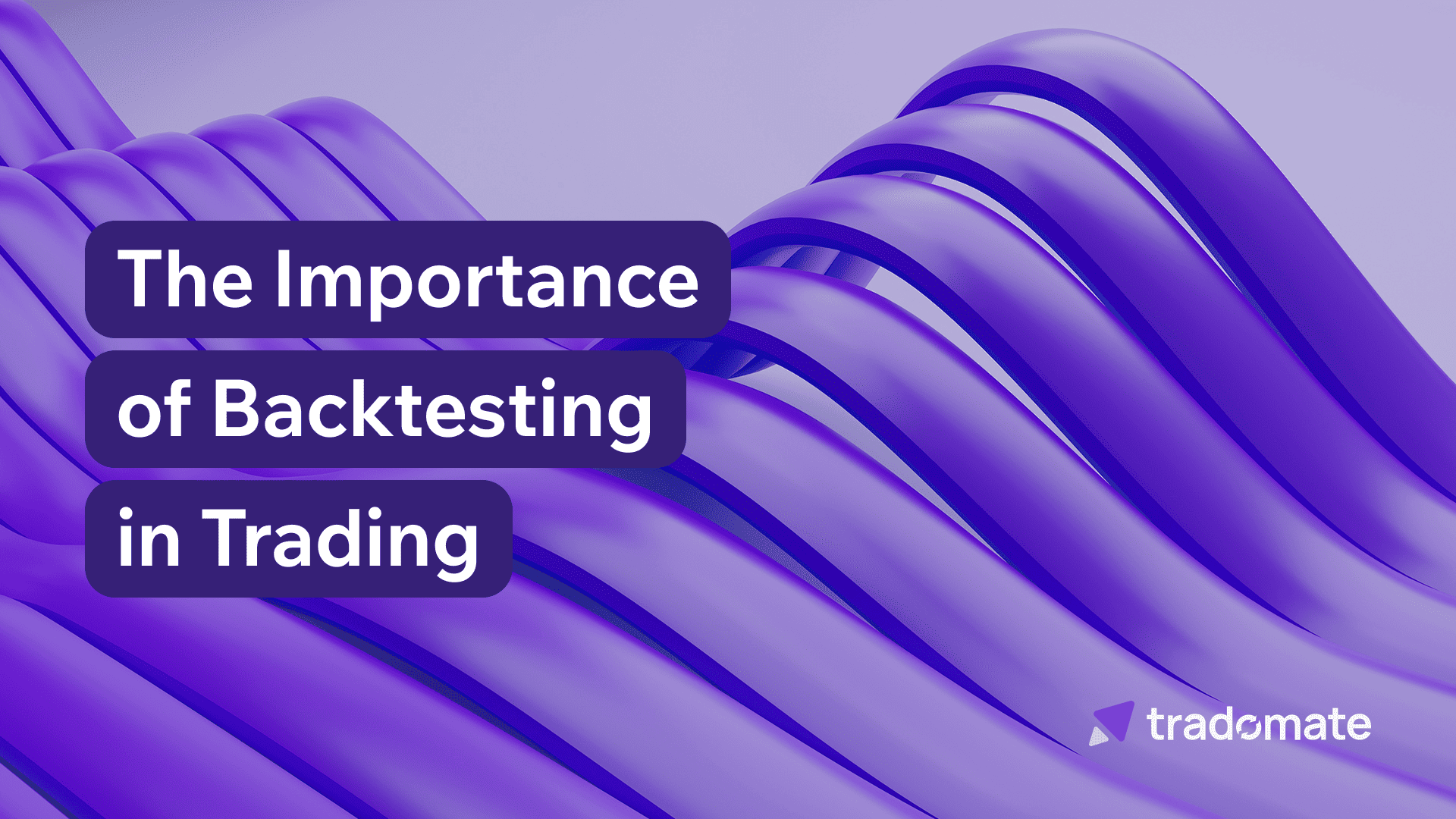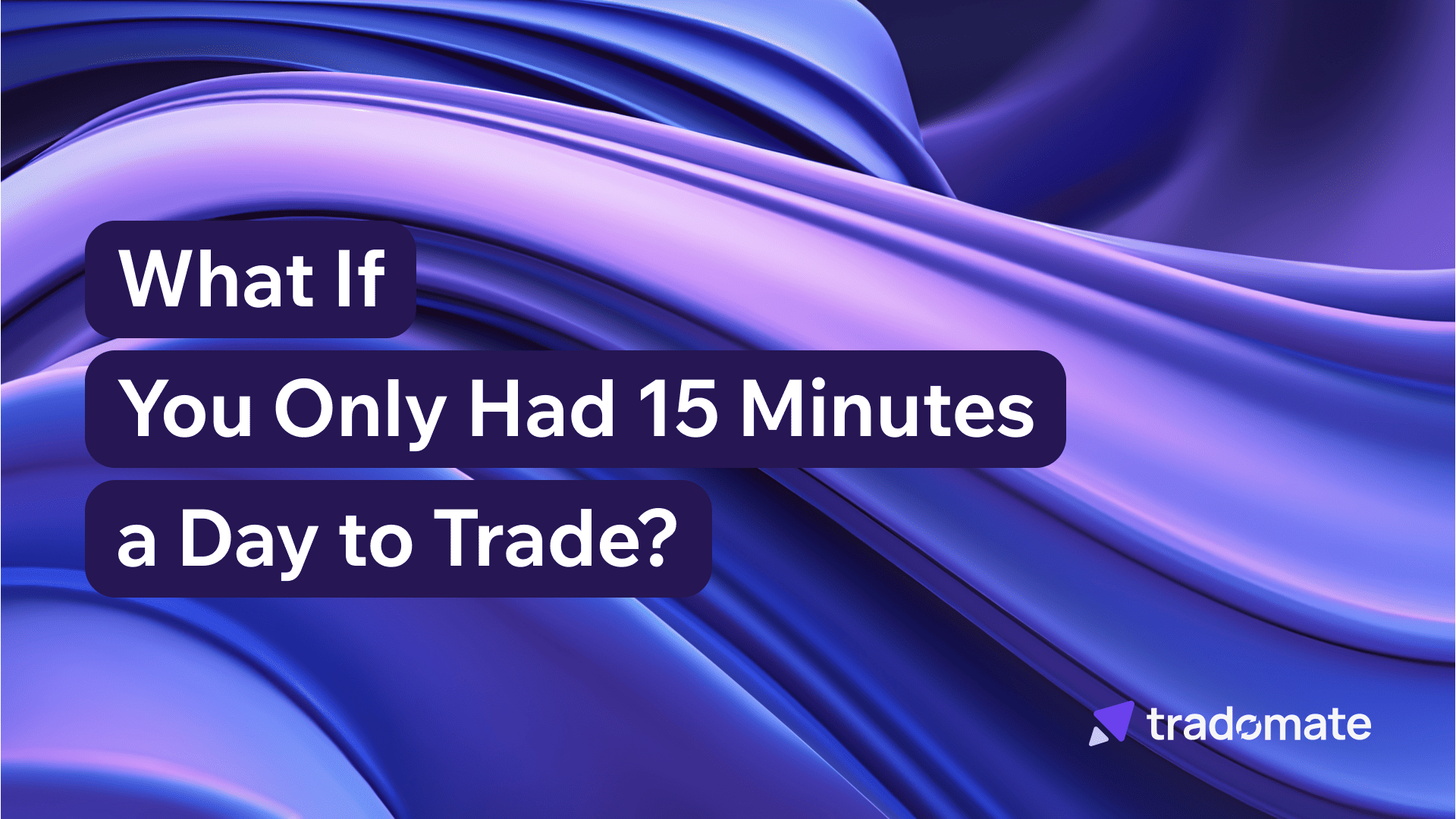A Beginner's Guide to Backtesting Trading Strategies
Learn how to effectively backtest trading strategies with Tradomate’s 3-layered approach. Gain insights, optimize performance, and improve confidence.


Backtesting is essential for traders looking to evaluate the performance of their trading strategies using historical market data. By understanding trades done on past data, traders gain crucial insights and confidence in their strategies ensuring they’re not walking into the market unprepared. In this guide, we’ll explore the basics of backtesting and how it can improve your trading strategies.
Backtesting involves testing a strategy using historical data to assess viability and build a solid foundation for future decisions. Traders input their strategy into a platform, which then extracts trades based on historical market data. This helps analyze key performance metrics such as net profit, win rate, profit factor, and maximum drawdown.
Wondering, “How can I backtest a strategy?” Here are key tips:
At Tradomate.one, we offer a sophisticated 3-layered backtesting approach to provide comprehensive insights into trading strategies.
Backtesting is a powerful tool for refining trading strategies. With Tradomate’s 3-layered backtesting approach, traders can gain valuable insights into their strategies’ performance and make informed decisions to optimize results.
Begin your backtesting journey today with Tradomate.one and take your trading strategies to the next level. Sign Up Today!
Other blog articles



Start your seamless trading journey now and experience the power of our comprehensive trading solutions.